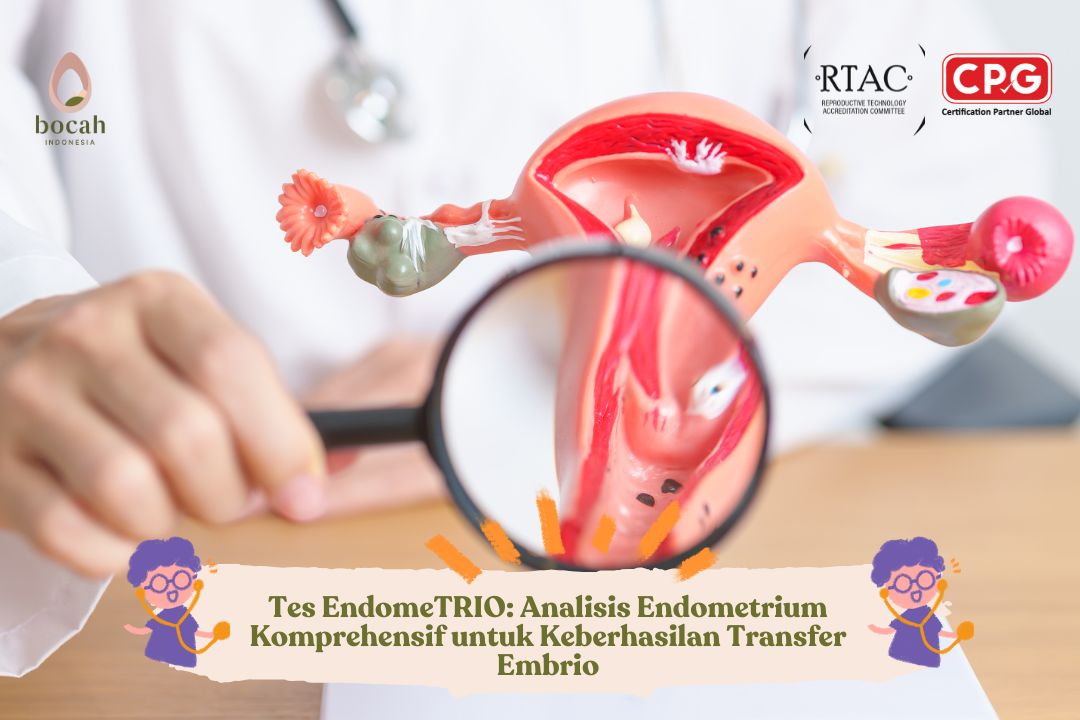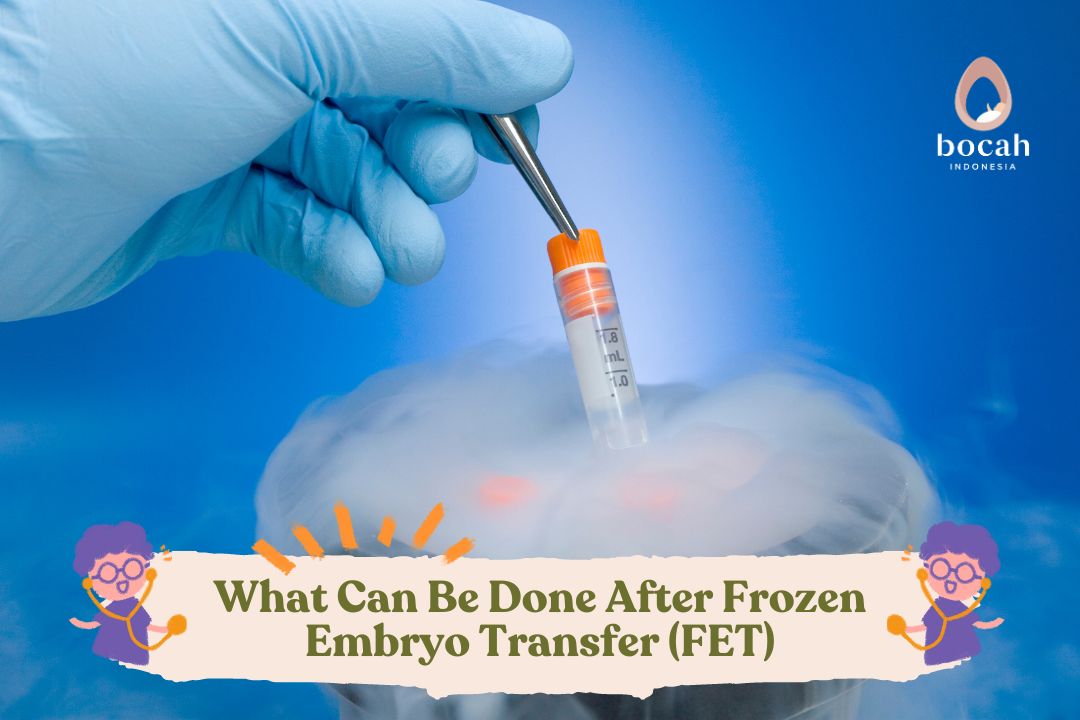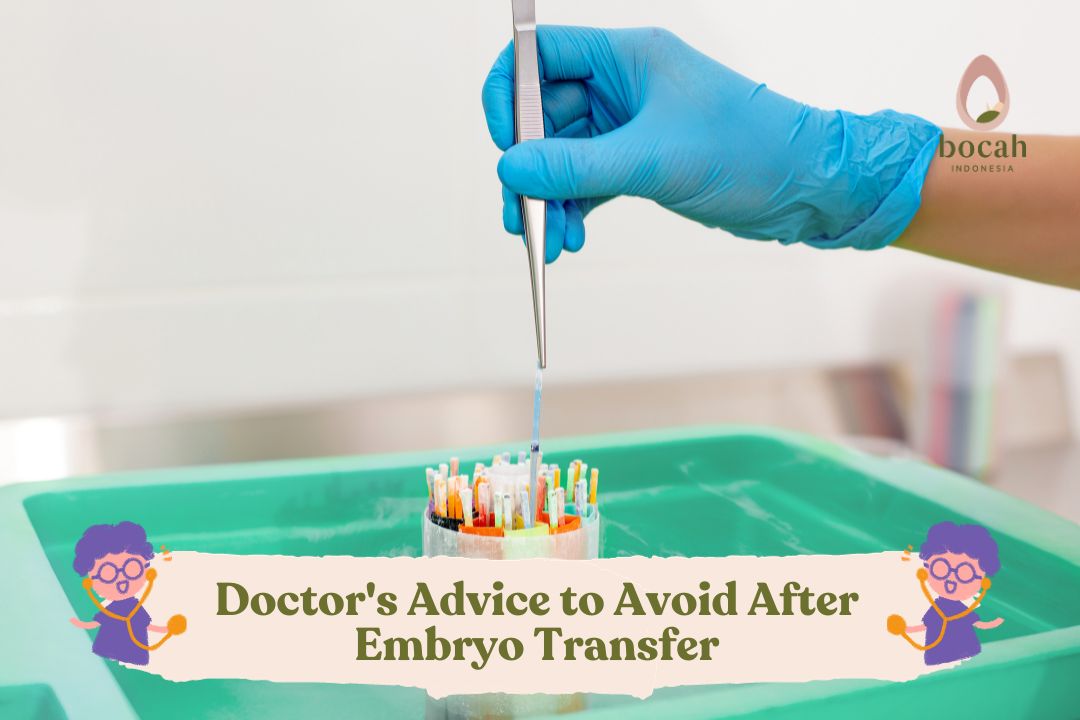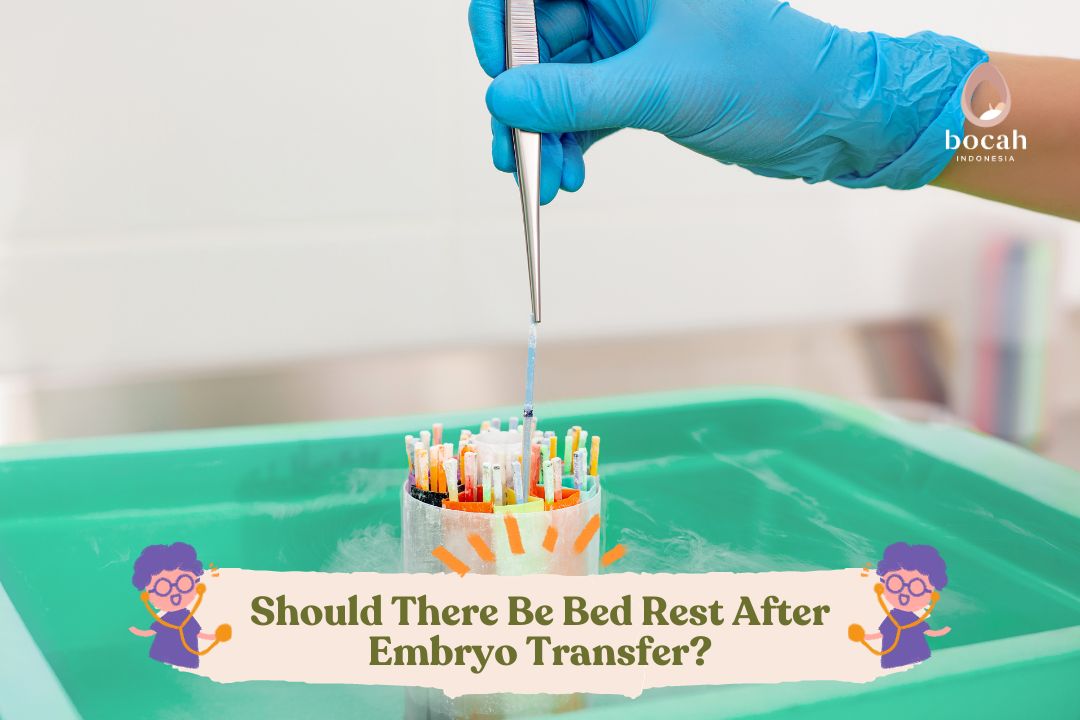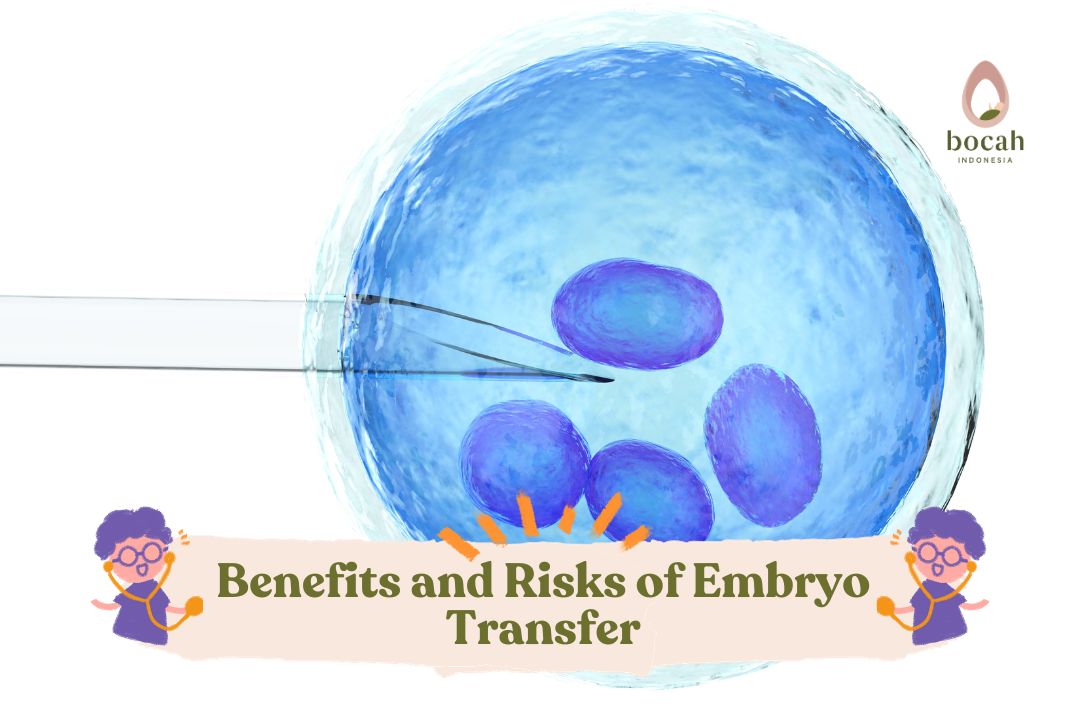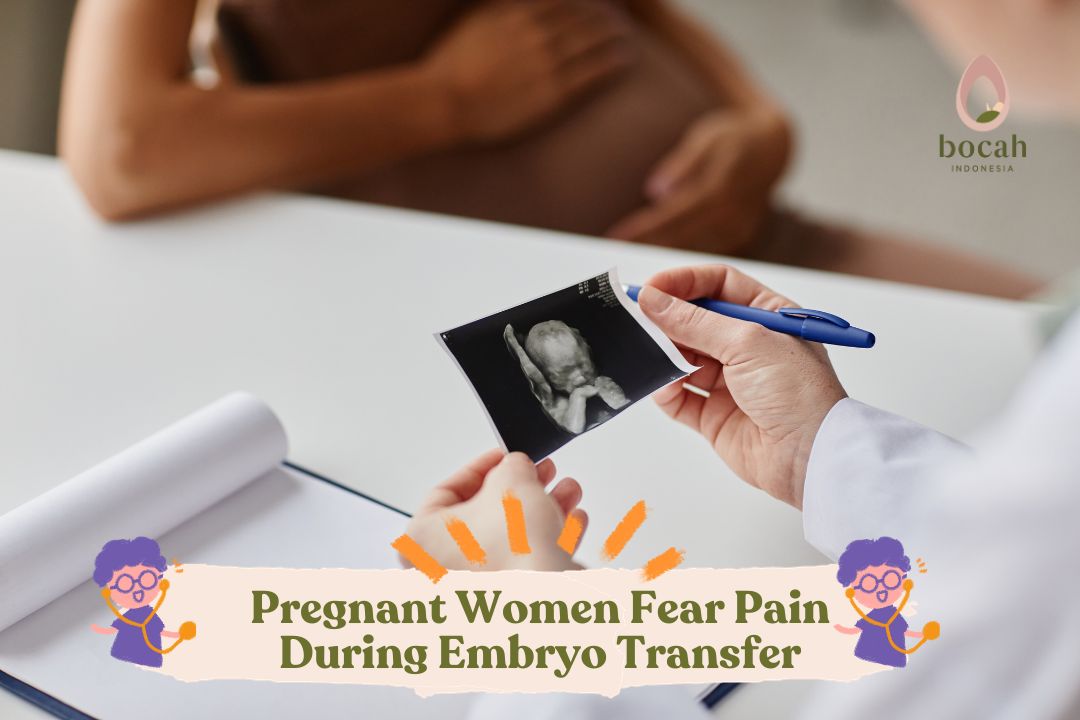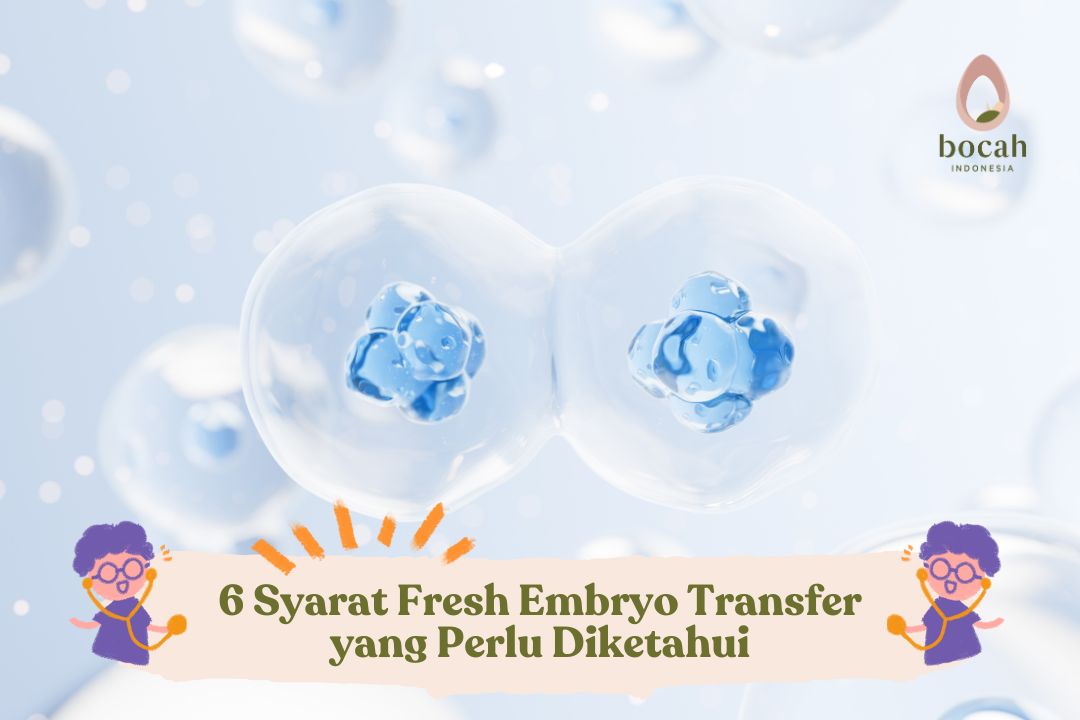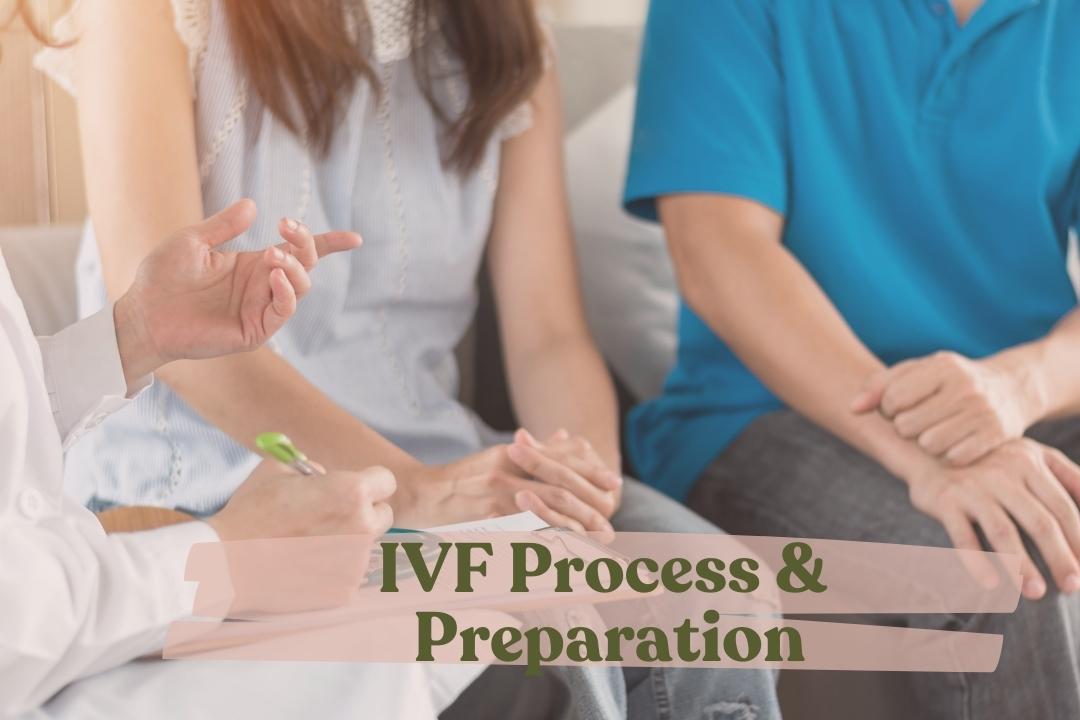Preparation for Successful Embryo Transfer
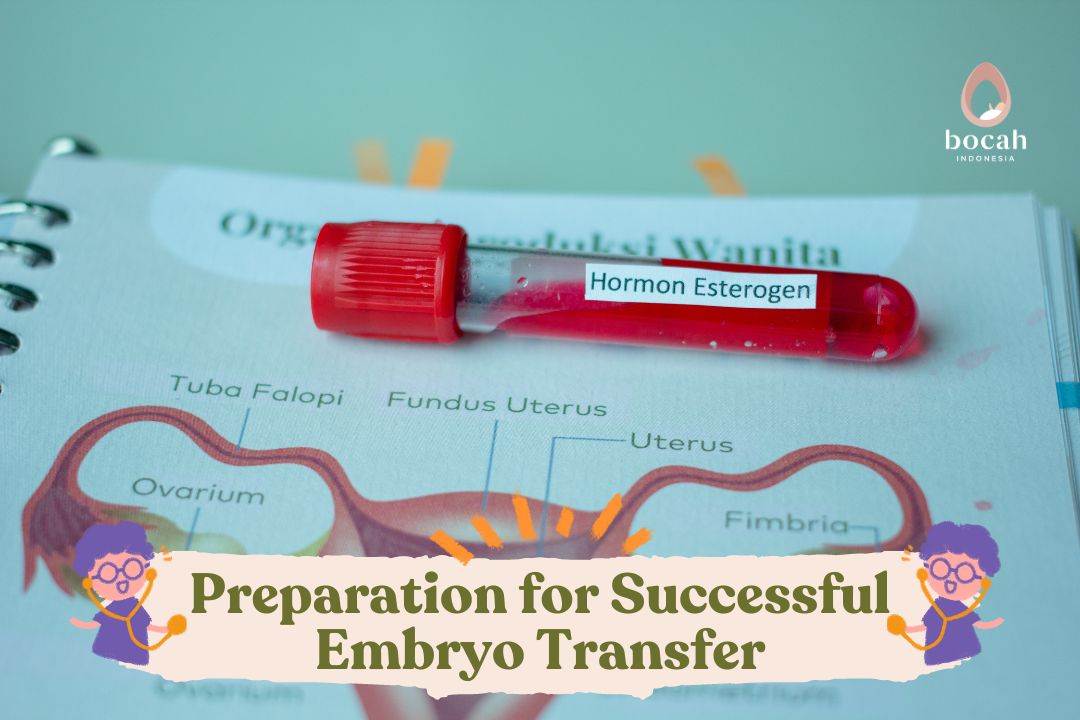
Is Embryo Transfer Process about to Begin? Here’s the Preparation for a Smooth Procedure.
For couples and individuals struggling with infertility, Assisted Reproductive Technology (ART) such as In Vitro Fertilization (IVF) enables them to have offspring.
This IVF program is usually carried out in two steps, starting with egg development, retrieval (ovum pick up), fertilization with sperm, and growing embryos in a laboratory. The second step involves embryo transfer, where the potential fetus is precisely placed in the uterus for implantation and the desired pregnancy.
Embryo transfer is the final stage of the IVF process. The procedure is relatively short and painless. So, are there any specific preparations needed?
An Overview of Embryo Transfer Types
First, let’s understand the different types of embryo transfers. Generally, there are two main types of embryo transfer:
Tanya Mincah tentang Promil?
-
Frozen Embryo Transfer (FET) In FET, after egg fertilization,
all resulting embryos are frozen and stored indefinitely. This allows couples to have a reserve of embryos that can be thawed and transferred at a later time, especially if previous IVF attempts did not result in pregnancy. Nowadays, FET is the most commonly performed procedure, as it allows for genetic testing of embryos before implantation. This increases pregnancy success rates and reduces the risk of genetic abnormalities or miscarriages.
-
Fresh Embryo Transfer (ET) Following egg retrieval and fertilization,
the doctor will select embryos with a high chance of successful implantation. In this approach, embryo transfer occurs 3-5 days after fertilization.
Pros and Cons of Fresh Embryo Transfer vs. FET
Choosing between fresh and frozen embryo transfer involves considering various factors. Each approach has its advantages and disadvantages.
Fresh Embryo Transfer
Advantages:
- Shorter time to pregnancy, with a maximum waiting period of 5 days after egg fertilization for embryo transfer.
- Better outcomes for older women or those with fragile eggs/embryos.
- Typically covered by insurance, while the cost of embryo cryopreservation is often not covered.
Disadvantages:
- May be unsuccessful if progesterone hormone levels in women are elevated, as this can affect implantation.
- Not suitable for women at risk of Ovarian Hyperstimulation Syndrome (OHSS) due to the use of egg maturation-inducing medications.
Frozen Embryo Transfer
Advantages:
- More cost-effective, especially for subsequent IVF attempts using stored embryos.
- Embryos can be stored for more than 10 years, allowing parents to pursue FET in the future.
- Genetic testing of embryos before implantation is possible, improving pregnancy success rates and reducing genetic abnormalities.
Disadvantages:
- Thawing process risks, though minimal, can impact embryo viability.
- Longer process, taking about a month longer than fresh embryo transfer to achieve pregnancy.
Special Preparations for Embryo Transfer
Both fresh and frozen embryo transfer procedures begin similarly, with ovulation induction and monitoring. Afterward, the woman undergoes egg retrieval, and the eggs are fertilized with the partner’s sperm in a laboratory.
According to the Society for Assisted Reproductive Technology (SART), whether it’s a fresh or FET, the uterine lining must be prepared for easy embryo implantation. The steps are as follows:
- On the first day, the woman undergoes transvaginal ultrasound (USG) and blood tests.
- If results are normal, the woman starts preparing the uterine lining through controlled, natural, or modified natural cycles. Controlled cycles are most commonly used.
- Estrogen influences uterine lining growth. It takes about 2 weeks to reach optimal thickness. In fresh embryo transfer, ovarian follicles produce estrogen to prepare the lining. In FET, the lining is prepared without medication or with external estrogen sources like patches, pills, or injections.
- Progress is monitored through follow-up ultrasounds. Once the desired uterine lining thickness is achieved, synthetic progesterone is administered. The first day of progesterone administration is considered day 0. Embryo transfer occurs on day 6. Timing and dosage of progesterone are crucial due to the narrow window for embryo implantation.
In addition to following the treatment protocol, consider the following aspects affecting the embryo transfer process:
- Take prescribed medications regularly.
- Consume vitamin D3 and 400 mcg of folic acid daily.
- Maintain a balanced, nutritious diet, including fruits, vegetables, lean proteins (chicken, fish, lean meats), whole grains, and healthy fats (avocado, tuna, salmon).
- Get sufficient sleep before and after embryo transfer. Avoid caffeine before bedtime and ensure a comfortable sleeping environment, as sleep affects IVF success.
- Consider alternative therapies such as acupuncture, yoga, and massage with doctor approval. These can improve circulation and relaxation.
- Prepare a bag a day or two before the transfer day. Include personal care items and comforting items. Plan travel time to the clinic to avoid stress.
- Wear loose clothing on the transfer day. Bloating due to medications can occur, so aim for maximum comfort.
- Arrive for the embryo transfer with a full bladder. Drinking 1-1.5 liters of water before the procedure helps position the embryo optimally in the uterus, aiding visualization through ultrasound.
- Ideally, have a partner or support person present during the procedure, especially if sedation is administered.
What to Avoid
To support optimal pregnancy conditions, there are several things that should be limited or avoided, including:
- Certain foods and drinks, such as:
- Foods with additives like high-fructose corn syrup, artificial colors and flavors.
- High-sodium foods like frozen foods, pizza, and canned foods.
- Processed foods like white bread, flour-based products, noodles, and crackers.
- Red meats such as beef, goat, and pork.
- Caffeine.
- Alcohol.
- Certain over-the-counter medications and supplements can impact embryo transfer. Nonsteroidal anti-inflammatory drugs (NSAIDs) like ibuprofen can affect embryo implantation and increase miscarriage risk. Discuss with your doctor any medications not directly recommended by your treating physician.
- Extreme temperatures on the abdomen and uterus can disrupt the reproductive system and affect embryo transfer success.
- Specific chemicals. Some household cleaning products may contain endocrine-disrupting chemicals (EDCs) which can affect hormone balance and are known to cause fertility issues, certain cancers, diabetes, and respiratory problems. Common EDCs include:
- Bisphenol A (BPA), phenol, and phthalates in plastics.
- Brominated flame retardants in electronic devices.
- Dioxins in feminine hygiene products like tampons.
- Parabens in personal care products and sunscreen.
- Triclosan in antibacterial soap.
Conclusion
These are the various steps to prepare for the embryo transfer day. The list seems lengthy, requiring time, energy, and emotions. Nonetheless, all this effort will be rewarded when you achieve a positive pregnancy test and eventually give birth to a healthy baby. Best of luck with your preparations!
Source:
- American Pregnancy Association. Embryo transfer. URL: https://americanpregnancy.org/getting-pregnant/infertility/embryo-transfer/
- American Society for Reproductive Medicine. Fresh and frozen embryo transfer. URL: https://www.reproductivefacts.org/resources/educational-videos/videos/asrmsart-micro-videos/videos/fresh-and-frozen-embryo-transfers/
- Karayiannis D, Kontogianni MD, Mendorou C, Mastrominas M, Yiannakouris N. Adherence to the Mediterranean diet and IVF success rate among non-obese women attempting fertility. Human Reproduction. 2018 Mar 1;33(3):494-502.
- Li DK, Ferber JR, Odouli R, Quesenberry C. Use of nonsteroidal antiinflammatory drugs during pregnancy and the risk of miscarriage. American journal of obstetrics and gynecology. 2018 Sep 1;219(3):275-e1.
- Lyngsø J, Ramlau-Hansen CH, Bay B, Ingerslev HJ, Strandberg-Larsen K, Kesmodel US. Low-to-moderate alcohol consumption and success in fertility treatment: a Danish cohort study. Human Reproduction. 2019 Jul;34(7):1334-44.
- Mumusoglu S, Polat M, Ozbek IY, Bozdag G, Papanikolaou EG, Esteves SC, Humaidan P, Yarali H. Preparation of the endometrium for frozen embryo transfer: a systematic review. Frontiers in endocrinology. 2021 Jul 9;12:831.


